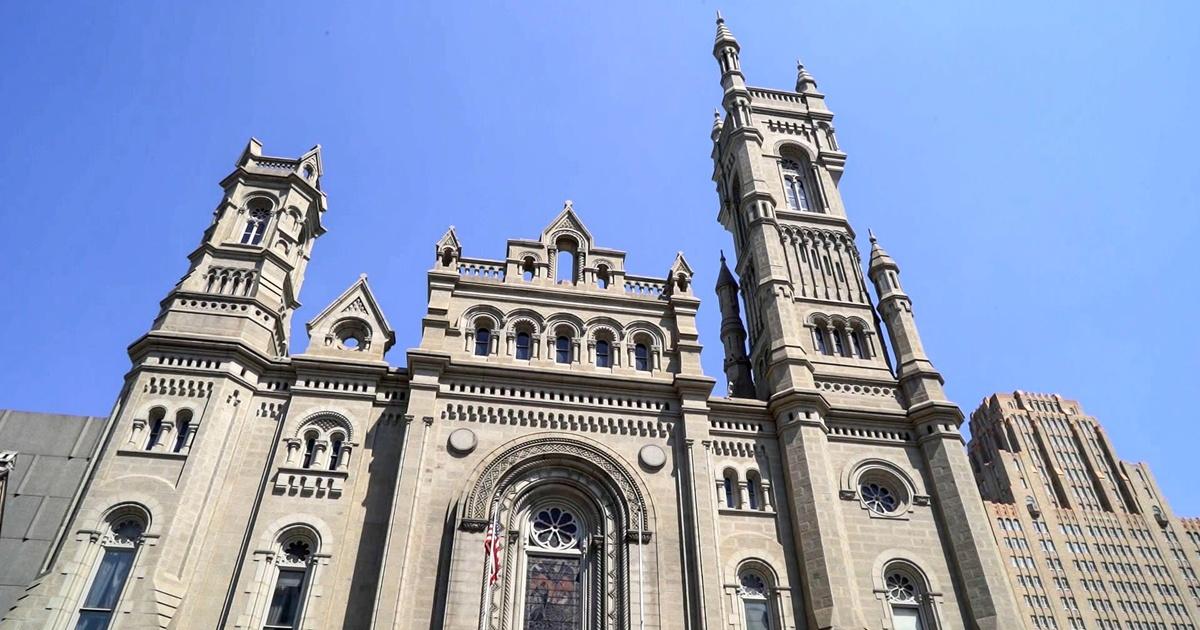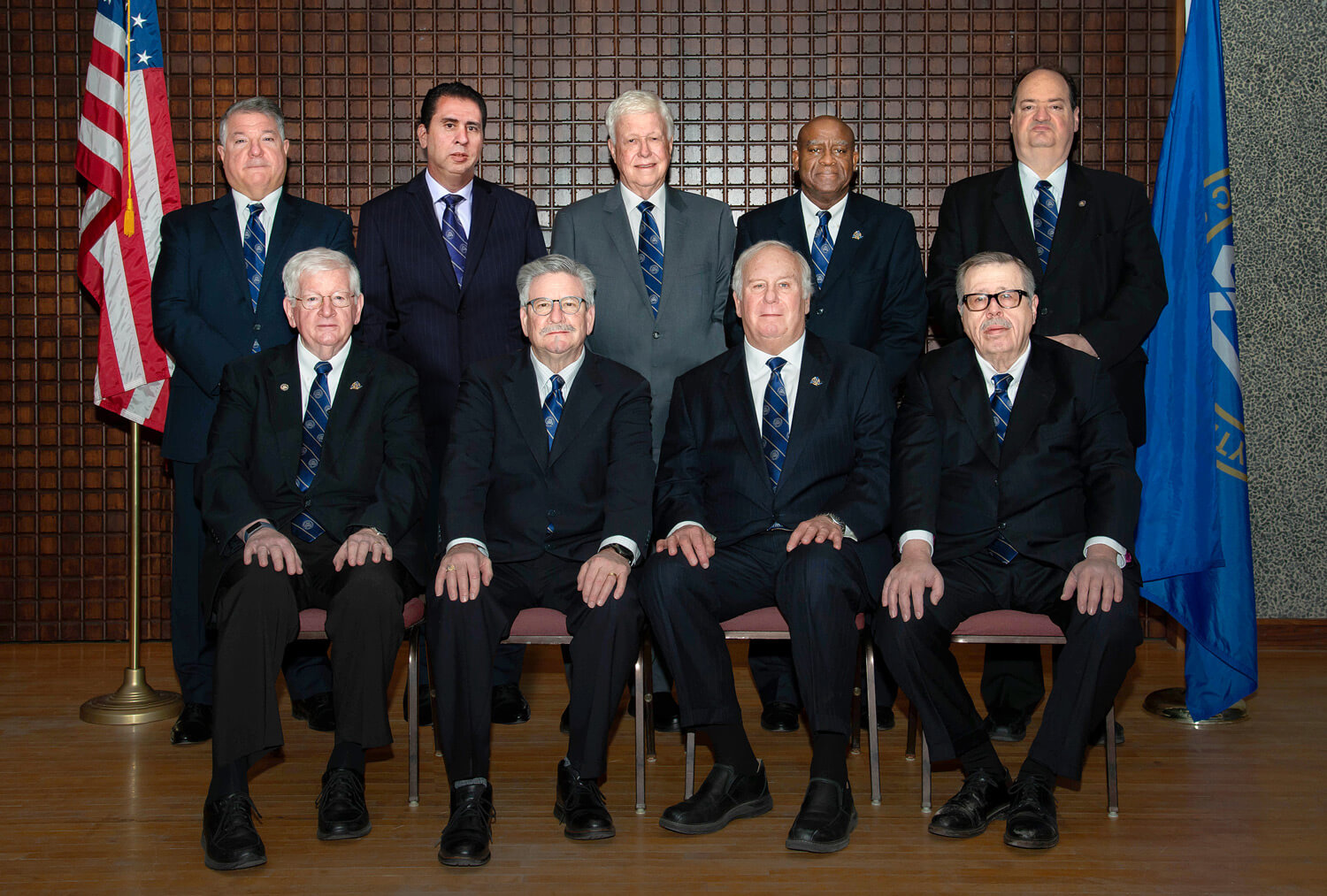Insider Tips on How to Successfully Join Freemason in Your Community
Insider Tips on How to Successfully Join Freemason in Your Community
Blog Article
Exploring the Mysteries of the copyright: What You Need to Know
The copyright, a term frequently shrouded in intrigue and debate, represents a complex tapestry of historical reality and contemporary myth. Developed in the late 18th century, this secret society was initially rooted in the Knowledge's suitables but has actually since ended up being identified with conspiracy theories concerning elite control. As we navigate the beginnings, key numbers, and the plain contrast in between misconception and reality, one need to consider exactly how these stories affect contemporary assumptions of power and secrecy. What may be exposed through a better exam of these elements might challenge long-held presumptions about the shadows that remain in our culture.
Origins of the copyright
The origins of the copyright are soaked in a blend of historical intrigue and ideological fervor. Established in 1776 in Ingolstadt, Bavaria, by Adam Weishaupt, the team was originally created as a secret society focused on promoting Enlightenment suitables such as reason, secularism, and the separation of church and state. join freemason. Weishaupt, a professor of canon regulation, sought to challenge the prevailing authority of the church and state, which he viewed as oppressive institutions stifling intellectual and personal liberty
The copyright looked for to hire significant participants from different societal industries, including politics, academia, and the arts, to foster a network dedicated to these Enlightenment principles. The culture operated under a shroud of privacy, utilizing coded language and rituals to protect its participants from persecution, specifically given the repressive environment of the time. The copyright dealt with significant resistance from both governmental authorities and religious organizations, which checked out the team as a risk to their power.
Key Numbers and Members
Who were the pivotal figures that shaped the copyright's early impact and direction? The Bavarian copyright, founded in 1776 by Adam Weishaupt, arised as an action to the overbearing societal structures of the moment. Weishaupt, a law teacher, imagined the organization as a method to promote Enlightenment suitables such as factor, secularism, and equality. His preliminary recruitment efforts consisted of prominent intellectuals, such as Baron von Knigge, that played a critical duty in broadening the team's membership and business structure.
An additional significant number was Johann Gottlieb Fichte, a prominent theorist whose concepts on nationalism and education and learning resonated with the copyright's objectives. Although Fichte was not a formal member, his thoughtful foundations affected the group's ideological background. In addition, figures like the author and thinker Johann Wolfgang von Goethe were connected with the wider intellectual activities of the time, although their direct involvement with the copyright continues to be questioned.
These key numbers added to the copyright's early instructions, pushing the limits of political and social thought, while their cumulative initiatives aimed to challenge well established standards and cultivate a climate of progressive change in Europe. (join freemason)
Misconceptions vs. Reality
Many misunderstandings surround the copyright, typically blending truth with fiction in a way that obscures its real nature. The idea that the copyright proceeds to exert substantial influence over globe occasions is a myth.
One more prevalent myth is that the copyright makes up a network of elite individuals adjusting global affairs. In fact, several conspiracy theories overemphasize the group's importance, attributing unfounded intentions to societal fads and events. This has resulted in an oversimplified view of intricate problems.
Furthermore, the representation of the copyright in popular culture frequently additional distorts its heritage. Films and literature often tend to find this sensationalize the company's role, creating a story that deviates from historic facts. Recognizing the distinction important source between the misconceptions and the reality of the copyright is crucial for discerning the real effect of this historic group and identifying the wider implications of conspiracy theory concepts in contemporary culture.

Modern Interpretations
Contemporary interpretations of the copyright usually reflect broader social stress and anxieties and a fascination with secrecy and power. This contemporary lens frequently connects the copyright with conspiracy theory concepts that recommend a concealed elite coordinates globe events, manipulating governments and economic climates for their very own gain. Such narratives use a deep-seated question of authority, specifically in times of situation or social upheaval.
In pop culture, the copyright is frequently shown as a supreme company shrouded in secret, bring about a huge selection of imaginary portrayals in literature, movie, and music. This portrayal offers not just to captivate but likewise to prompt thought of the nature of power and control in modern society. Social network has actually better amplified these interpretations, permitting for rapid dissemination of conspiracy theory concepts and developing neighborhoods that share and broaden upon these concepts.
Moreover, some modern interpretations mount the copyright as an allegory for the intricacies of globalization and the interconnectedness of influential individuals and organizations. This point of view urges a crucial assessment of just how power characteristics operate in today's globe, highlighting the equilibrium in between openness and secrecy in governance and corporate practices.
Social Effect and Tradition
Influenced by centuries of intrigue, the cultural impact and heritage of the copyright expand far beyond its historic beginnings. This secret culture, established in the late 18th century, has penetrated numerous aspects of pop culture, from literary works and movie to music and art. join freemason. The principle of the copyright has developed right into a sign of conspiracy theory theories, usually standing for a regarded concealed power controling global occasions
In literary works, writers like Dan Brown have woven Check Out Your URL the copyright right into complex plots, captivating viewers with styles of privacy and power. Movies such as "National Treasure" and "The Da Vinci Code" further bolster the appeal of the culture, blending fact with fiction to create interesting narratives.

Eventually, the copyright's legacy is a complicated tapestry of myth and fact, shaping perceptions of privacy and control in contemporary discussion. Its enduring visibility in culture emphasizes mankind's perennial pursuit for comprehending hidden realities.

Final Thought
The exploration of the copyright discloses a complex interaction between historic facts and modern-day myth-making. Founded in the Knowledge age, this culture aimed to test oppressive frameworks, yet its legacy has actually been outweighed by conspiracy concepts that suggest elite adjustment. Understanding the differences in between the original perfects and modern interpretations is crucial for comprehending the sustaining fascination with the copyright and its considerable impact on cultural stories surrounding power and secrecy in society.
Report this page